What does tarragon look like and how to grow a plant?

The tarragon drink is well known to almost everyone, but at the same time, not everyone knows exactly what tarragon looks like and how this crop can be grown in the garden, in the garden, in the country and even at home. Due to its characteristics, including frost resistance, this fragrant representative of the flora, which is also called "dragon grass", feels good in the conditions of central Russia. Tarragon has long been widely and successfully used in cooking and folk medicine.
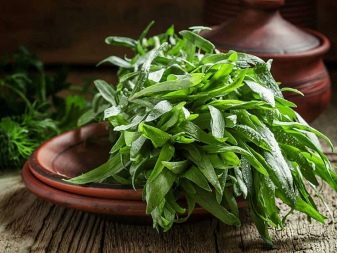
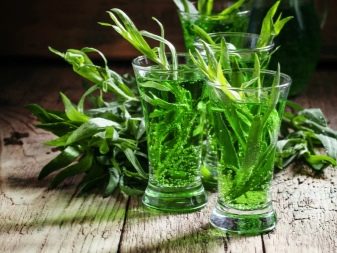
general description
Asia is considered the homeland of this plant, but its wild varieties are also widespread in the territory from Eastern Europe to Central Asia. Tarragon grows almost everywhere in the Middle Kingdom, as well as in Mongolia, Pakistan and India. In addition, tarragon is found and actively used in the United States. In Russia, this shrub lives in the fields as a weed, as well as on dry slopes, which are steppe.
This plant belongs to bushy perennial grasses. At the moment, it is successfully cultivated in many summer cottages and garden plots. At the same time, bushes are grown both in the wild and in cultivated form.

The following key features of the plant can be distinguished.
- Tough roots have a large number of lateral processes, which lignify over time.
- The French call tarragon snake grass, which is due to the characteristic wriggling shape of the plant.
- Stems are naked and upright, having a yellowish-brown color and reaching a height of 1.5 m.
- The leaf plates, which are closer to the tops and at the base of the bushes, differ from each other by their edges. Another important feature is the lack of cuttings. The lower leaf plates are slightly indented at the edges, while the upper ones are bifurcated, like the tongue of a snake. The leaves are dark green or gray-silvery.
It is important to note that tarragon leaves are saturated with essential oils and have a light aniseed aroma, as well as a pleasant taste without wormwood bitterness.
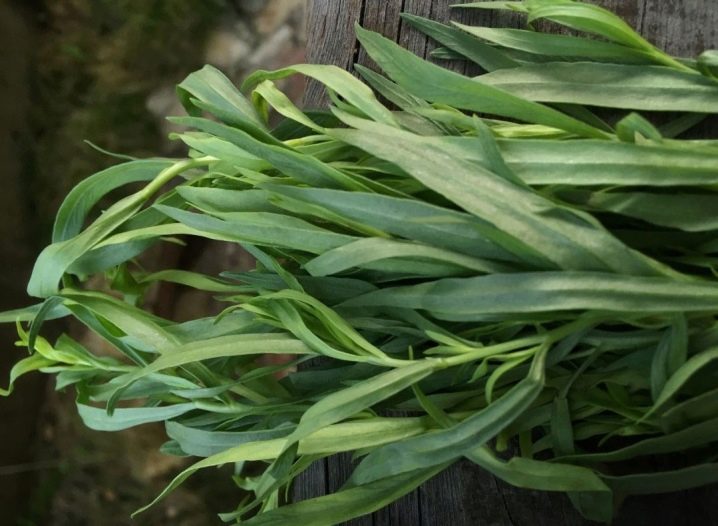
Peduncles, narrow in shape, are formed in the upper part of the shoots. The flowers themselves are small and have a greenish or yellowish tint. Tarragon blooms from August to September, and towards the end of October, fruits ripen on the bushes in the form of oblong achenes without the so-called tuft.
It is also worth noting that the seeds of the dragon grass are very small and can be brownish brown or dark brownish. By the way, this plant has the ability to self-propagate.
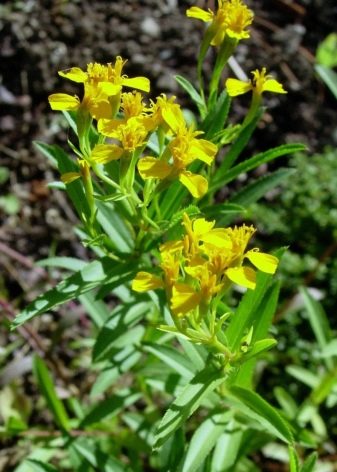
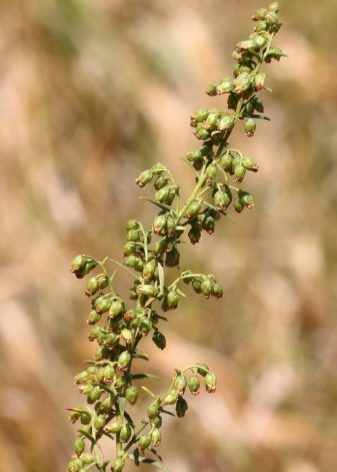
Types and varieties
Tarragon is divided into varieties, taking into account a number of characteristics. Moreover, some experts consider them to be separate species of the described plant, and we are talking about the following tarragons.
- Ordinary - has a strong aroma that effectively repels insects. Quite large specimens belonging to this variety are distinguished by an irregular leaf shape and a bitter taste.
- French - culinary experts use it as a spicy greenery and appreciate it for the piquancy of its light aroma. It has relatively small leaves and thin shoots.
- Russian - the main feature is the rich aroma. This tarragon is used for food mainly fresh. It is worth highlighting the large leaf plates and stems, as well as the pale green flowers characteristic of the type.
For cultivation both at home and in the open field, breeders are advised to make a choice in favor of such varieties as "Aztec", "Dobrynya" and "Monarch".
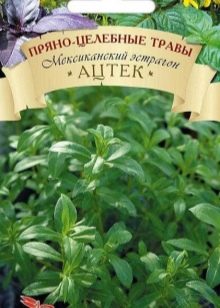
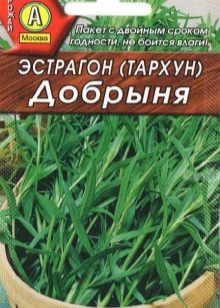
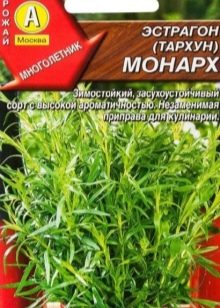
By the way, the first option will be the most suitable for cooking, and if we are talking about refreshing drinks, then you should take a closer look at Dobryna. Much less often grown, but at the same time, the following varieties of dragon grass are quite interesting:
- "Grass", which is a good ether carrier;
- Zhulebinskycharacterized by increased frost resistance and delicate aroma;
- "Gribovchanin", preserving the freshness of foliage and its juiciness for a long time;
- "Green Valley", characterized by the duration of storage of sheet plates without their coarsening;
- "Clove", widely used in cooking, as well as in the preparation of preparations for the winter.
In addition to all of the above, it is worth noting that in certain regions and countries, specific varieties of tarragon are popular. They, as a rule, have the appropriate characteristics, manifested in the structure of the bushes, aroma and so on. We are talking about such varieties as "Armenian", "Transcaucasian" and "Georgian".
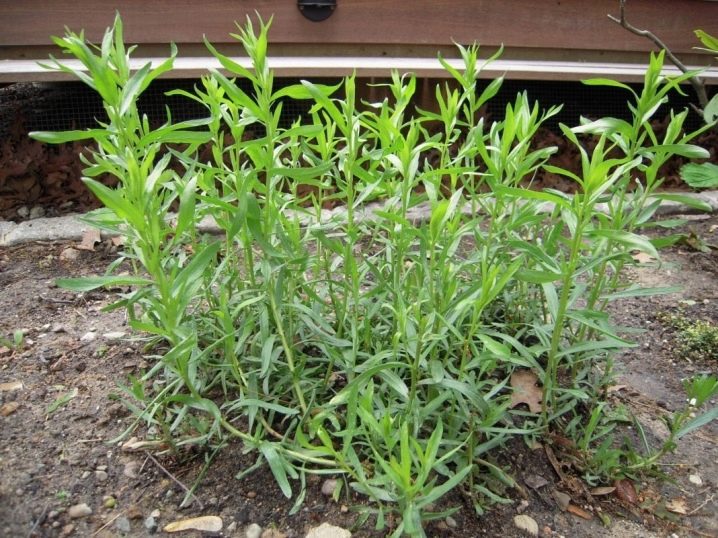
Landing
Before planting tarragon on the site, you should pay attention to studying its main features. This will first of all help to choose the right place for planting. So, tarragon is considered a light-loving representative of the flora, but it grows well in partial shade. At the same time, the shrub reacts extremely negatively to damp lowlands and strongly darkened places. It is picky about soil moisture, but does not tolerate prolonged root flooding.
Full growth and development of culture can provide light drained soils with a neutral reaction. As practice shows, sandy loam soil will be the best option for planting, since on heavy tarragon will grow much slower.
It is also important to pay attention to thorough cleaning of the area with the obligatory removal of weeds, including rhizomes, when digging (the depth should be 25-30 cm).
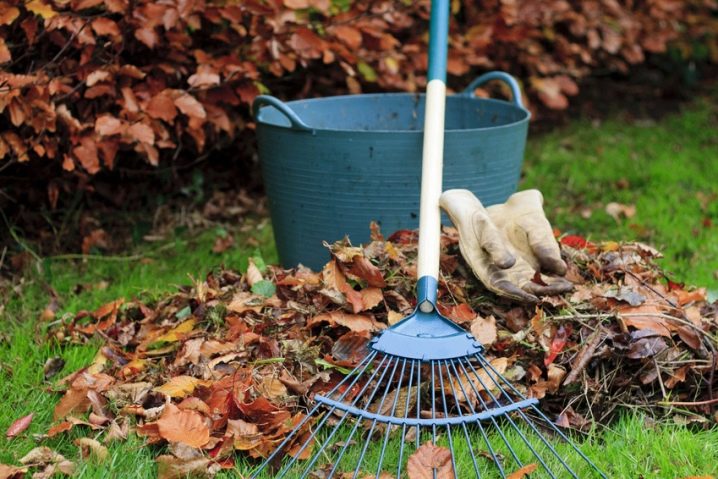
When performing these works, in the fall, humus or compost is introduced at half a bucket per square meter, as well as 30-35 g of potassium and phosphorus dressings. In the spring, during the preparation of the planting holes, 10-15 g of saltpeter must be added to each of them. It should be noted that a high concentration of nitrogen fertilization will lead to an active increase in biomass with a parallel loss of tarragon aroma.
Seeds are sown in open ground at the very beginning of spring, but taking into account frost resistance, it is also allowed to perform similar work in the fall. It is recommended to mix the seed with sand for even distribution.
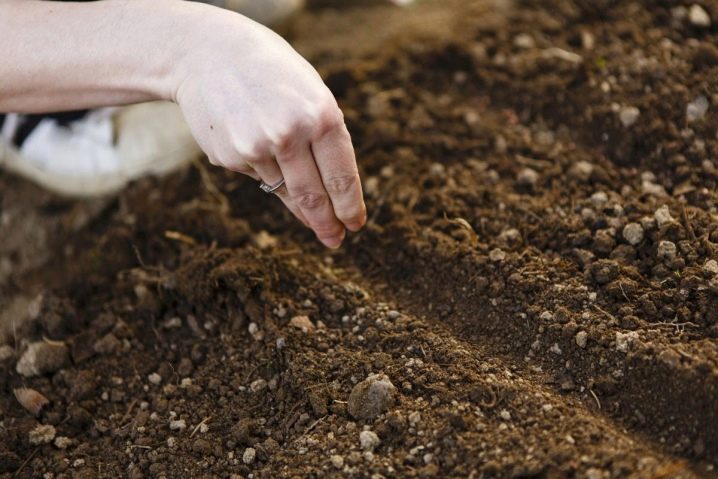
In non-chernozem areas, despite the plant's resistance to frost, it will be preferable to grow tarragon through seedlings, sowing for which is carried out in the first half of March. It is important to use lightweight and permeable soil.
It is best to place containers (pots or containers) with future seedlings in a greenhouse or a small greenhouse. Thinning of seedlings should be performed at the stage of formation of 2 true leaf plates. In this case, the most strengthened seedlings should be left at intervals of at least 6-8 cm. Young growth is transferred to a permanent place in June (planting of two units in one hole is allowed). A wide-row scheme is used when landing.
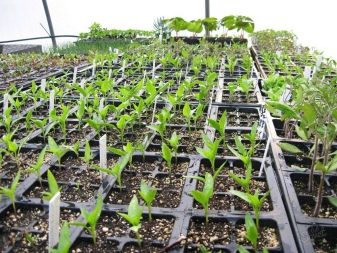
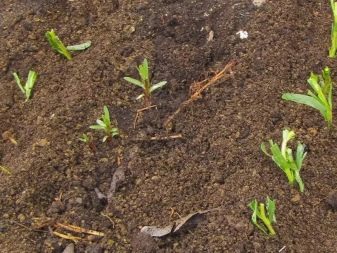
Growing care
In principle, tarragon is an unpretentious and viable plant that is very easy to care for. At the same time, it is highly undesirable to ignore the elementary rules of agricultural technology. The key factors affecting the rate of development of tarragon are:
- lighting level;
- temperature regime;
- frequency of watering;
- soil condition;
- fertilization.
The dragon grass will need to be provided with sufficient light immediately after planting. Its deficiency can lead to the death of seedlings.As the plant develops, there will be no such urgent need.
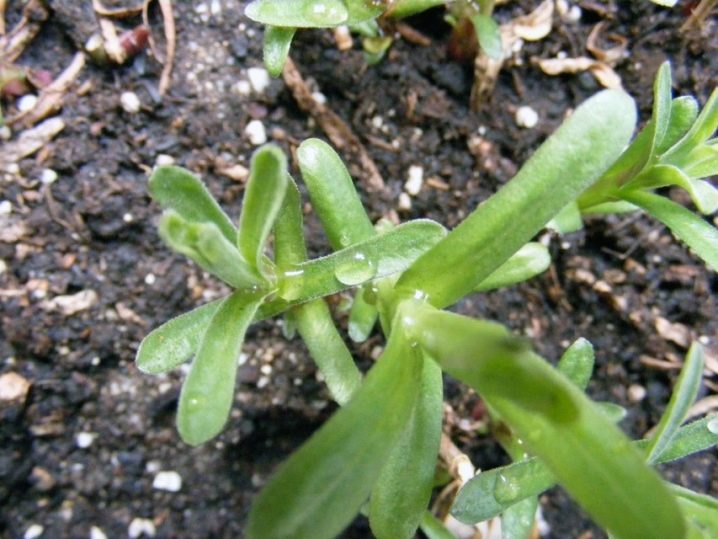
Tarragon is not very demanding on temperature, and good frost resistance is a vivid proof of this.... In the northern regions, if there is a sufficient layer of mulch soil, shrubs can withstand lowering the thermometer to a mark of -30 degrees.
Often, tarragon bushes begin to actively turn yellow and dry out. In such situations, it is necessary to immediately cut and destroy the entire above-ground part. In parallel, processing is carried out with one of the most effective soil biological products.
With natural aging, tarragon will inevitably lose its properties. Based on this, the bushes are renewed every 4-5 years.
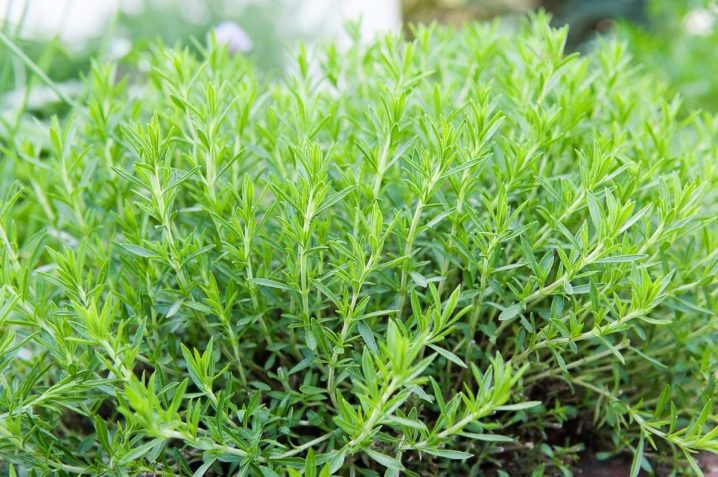
Watering
Taking into account all the features of the described plant, irrigation should be moderate. And this is despite the fact that the culture is moisture-loving. The intensity and frequency of watering tarragon are directly determined by weather factors. Long-term exposure of the bush in drought conditions is unacceptable, since it can die very quickly. In the absence of precipitation, the average interval between procedures is 2-3 weeks.
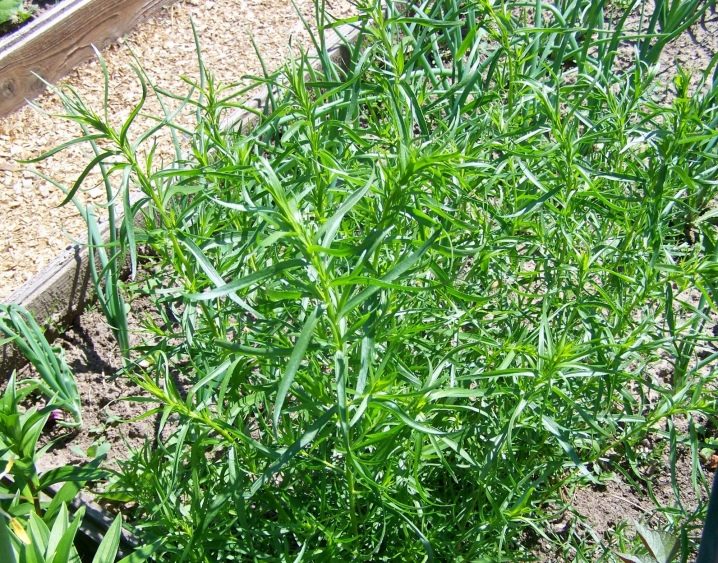
Top dressing
It is important to pay attention to fertilizing the soil at the stage of preparing it for planting.... During the autumn digging of the site, phosphorus and potassium fertilizers are introduced, as well as humus. In spring, superphosphate, humus and small amounts of saltpeter are also used. It is important to remember that nitrogen fertilizers are highly undesirable, as they can cause dragon grass to lose its flavor, which is its key quality.
During the entire first year of a plant's life, after planting it in open ground, it is required to refuse any additional fertilizing. Starting from the second year, the introduction of mineral fertilizer complexes is allowed, the basis of which is potassium and phosphorus. At the moment, they can be purchased at any specialized gardening store.
Often and successfully, experienced gardeners add dry ash before watering (1-2 glasses per bush, taking into account the age of the plants). A very well described crop responds to the introduction of trace elements and a mixture of fertilizers. To prepare the latter, you will need to add a spoonful of potassium chloride and a similar amount of superphosphate to 10 liters of water, as well as, if desired, a glass of ash.
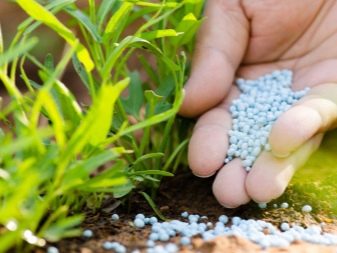

Wintering
The key to successful cultivation of tarragon is, among other things, competent preparation of the plant for the winter period. In this case, we are talking about such agrotechnical measures as correct pruning and the creation of a shelter. The first procedure is usually carried out from the beginning to the middle of November.
Young specimens must not be cut completely and so that at least 20 cm of the stem is preserved. Otherwise, problems may arise with the full restoration of bushes in the spring. Older plants can be shortened more thoroughly. In this case, you can leave only the lignified area of the stem.
Separately, it is worth considering the need to shelter the landings. So, in the northern regions and the middle lane, tarragon is covered with spruce branches, humus or ordinary rags.
In warmer climates, most often there is no need for such procedures.
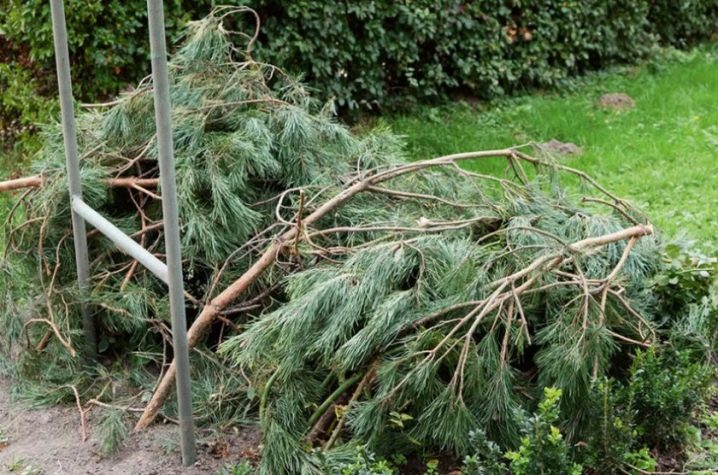
Reproduction
The described plant can be propagated in the country, in the garden, in the garden and even at home on the windowsill in three ways.
- Cuttings... In the second half of May, material is harvested with a length of about 15 cm. The lower part of the cut cuttings is placed in a solution of "Kornevin" or any other stimulant. After a day, they are planted in a soil mixture, for the preparation of which they take in equal parts soil, humus and sand, deepening by 3-5 cm. The planting will need to be covered with a film, creating a mini-greenhouse. At the rooting stage, watering and airing are regularly carried out, and after a month the cuttings are planted in a permanent place.
- Layers... In the spring, you will need to pin in a groove that is shallow in depth and sprinkle with earth a strong, fully developed stem no older than 2 years of age. Several cuts are made at the bottom of the shoot. Throughout the growing season, it is required to maintain soil moisture. A year later, having separated the rooted shoot, transplant it.
- Rhizome... As you know, tarragon can grow for a very long time in one place, but the phase of active development falls on the first 4–5 years. After that, the root system of the bushes begins to grow and interfere with the neighbors. In parallel with this, the leaves become noticeably smaller, which lose their aroma. In such situations, it will be necessary to carefully dig up the tarragon, prune old, diseased and deformed roots. The next step is dividing the root system into segments so that each one has several vegetative buds, and planting the divisions.
In addition to all of the above, the plant reproduces rather quickly by root suckers. To do this, it is necessary to dig a few strong stems with rhizomes near the selected bush in the autumn or spring season. The latter will need to be carefully separated - and the offspring should be placed in a pre-selected and prepared place.
It is important to ensure that the root collar is about 5 cm deep. The planting will need to be abundantly watered and mulched. The aerial part is shortened, leaving 15–20 cm.

Diseases and pests
Sometimes towards the end of the summer season, the foliage and stems of tarragon can be affected rust... It manifests itself in the form of small pads of the corresponding color and the formation of spores. At the same time, the leaf plates actively wither and dry out. Such a disease most often manifests itself when growing tarragon in conditions of an excess of nitrogen, as well as when the shrubs themselves are thickened.
You can prevent the described problem timely and high-quality removal of all plant residues from the site. It is also important to keep the planting clean and follow all the rules of agricultural technology. Another key point is in timely pruning of greens.
Experienced gardeners recommend, among other things, replanting the plant more often, which helps to improve its health.
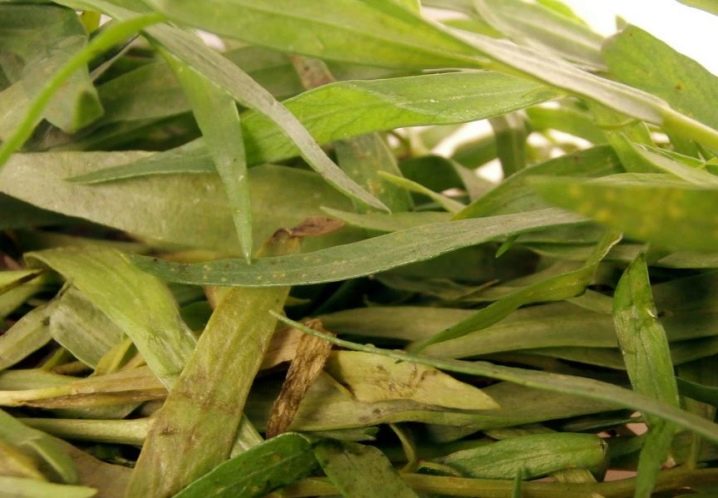
If we consider the attacks of harmful insects, then the most dangerous for tarragon are aphids, wireworms, and leafhoppers. In the first case, spraying the bushes with infusions of potato tops, onion husks, and tobacco will be an effective means of control. Wireworms, which are the larvae of the click beetle, cause significant damage to the root system of young specimens. Deep loosening and liming will help protect bushes from such attacks.
The most common types of leafhoppers in the middle lane are pennies... Their main distinguishing feature is the release of a characteristic saliva-like frothy liquid. Both larvae and adults of this pest suck the juices from the foliage of the plant, which as a result wrinkles. The appearance of pests, as a rule, becomes the result of untimely weeding, since they often move to the crop from weeds. If leafhoppers are found, the affected leaves should be removed, and the bushes themselves should be treated with lime.
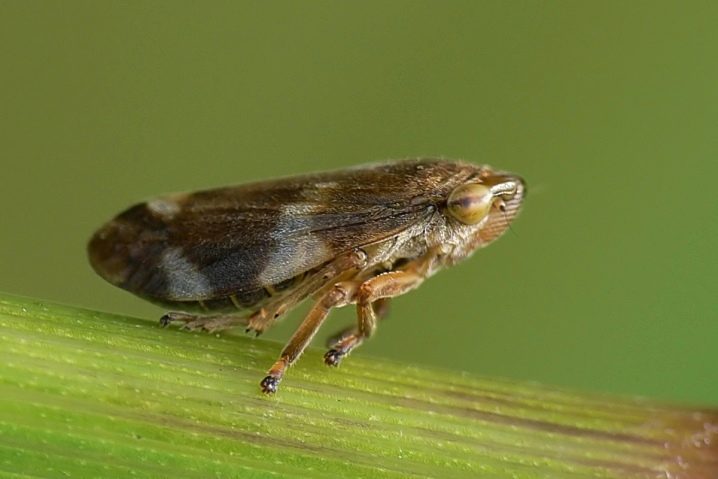







The comment was sent successfully.